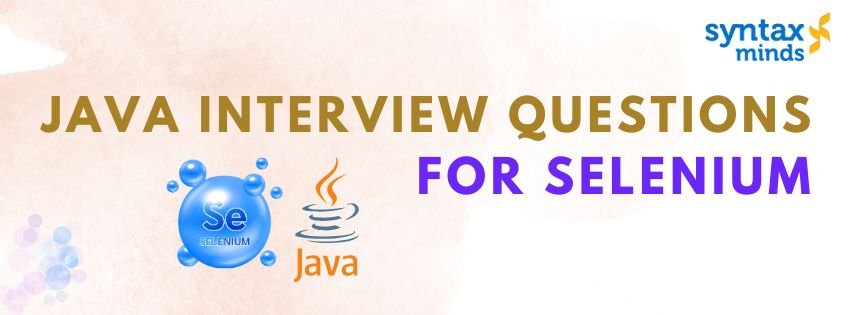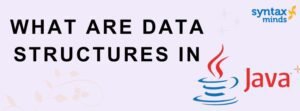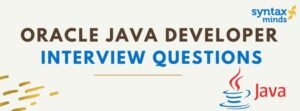Table of Contents
ToggleJava Interview questions for selenium
Here are some common Java interview questions for Selenium, which assess both the candidate’s knowledge of Selenium WebDriver and their proficiency in Java:
Basic Questions
- What is Selenium?
- Explain the Selenium suite (WebDriver, Grid, IDE, and RC).
- Describe the differences between Selenium and other automation tools.
- What is Selenium WebDriver?
- What are the key difference between Selenium RC and WebDriver?
- How does WebDriver communicate with the browser?
- How do you handle browser-specific commands in Selenium?
- Describe how to open, close, and maximize the browser in WebDriver.
- What are the different types of waits in Selenium WebDriver?
- Explain Implicit Wait, Explicit Wait, and Fluent Wait.
- Provide examples of how and when to use each wait.
- What is the difference between Thread.sleep() and WebDriverWait?
- Explain when to use Thread.sleep() vs WebDriverWait or FluentWait.
Intermediate Questions
- How can you interact with elements in Selenium WebDriver?
- Describe how to find elements using methods like findElement(), findElements(), and different locators (ID, name, XPath, CSS, etc.).
- What is the difference between driver.get() and driver.navigate().to()?
- Which one would you use to open a URL and why?
- How do you Manage multiple windows or tabs in Selenium WebDriver?
- How would you switch between windows using Selenium WebDriver?
- How do you handle pop-ups and alerts in Selenium?
- What is the purpose of the Actions class in Selenium?
- How would you simulate complex mouse and keyboard actions (drag-and-drop, hover, right-click)?
- What is a Page Object Model (POM)?
- Explain the Page Object Model pattern.
- How does it improve maintainability in automation testing?
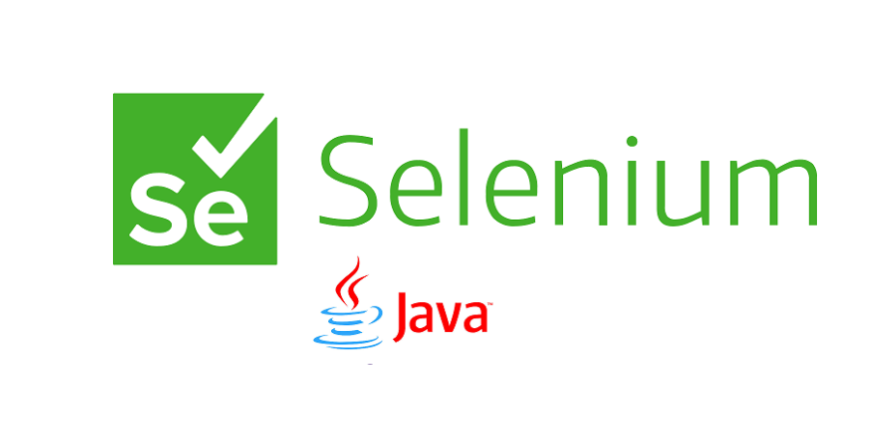
Advanced Questions
- How can you handle dynamic elements in Selenium?
- How do you identify elements that change dynamically (e.g., with changing IDs or names)?
- How can you make the WebDriver scripts robust in case of dynamic elements?
- How would you take a screenshot in Selenium WebDriver?
- How do you capture a screenshot using Java and Selenium WebDriver?
- What are the best practices for exception handling in Selenium WebDriver?
- How would you handle NoSuchElementException, TimeoutException, and StaleElementReferenceException?
- How can you perform data-driven testing with Selenium?
- Explain how you can use Excel, CSV files, or databases for data-driven testing in Selenium.
- How do you integrate Selenium tests with test data sources?
- How do you execute Selenium tests in parallel?
- What is TestNG or JUnit’s role in running tests in parallel?
- How can you configure parallel execution in TestNG using <suite> and <test> tags?
- What are some ways to handle synchronization issues in Selenium WebDriver?
- Discuss the differences between implicit waits, explicit waits, and fluent waits.
- What problems can occur with timing and how can they be resolved?
- How can you use the WebDriver to interact with alerts, dropdowns, and frames?
- Explain how you can handle JavaScript alerts, accept/reject prompts, and switch between frames.
- What are some common strategies to handle pop-up windows in Selenium?
- How do you handle different types of pop-ups, such as alerts, file upload dialogues, and browser pop-ups?
Framework-related Questions
- How do you integrate Selenium with a testing framework like TestNG or JUnit?
- What are the benefits of using TestNG with Selenium WebDriver?
- Explain annotations like @BeforeMethod, @Test, and @AfterMethod.
- How do you generate reports in Selenium?
- Explain how you can generate and customize test reports using TestNG, Extent Reports, or other tools.
- Explain how you can implement logging in your Selenium tests.
- How do you log the execution flow and results using loggers such as SLF4J or Log4j?
- How can you integrate Selenium tests with CI/CD pipelines (Jenkins, Git, etc.)?
- How would you configure Selenium tests to run on a CI/CD server like Jenkins?
- How do you handle test execution and reporting in a CI/CD pipeline?
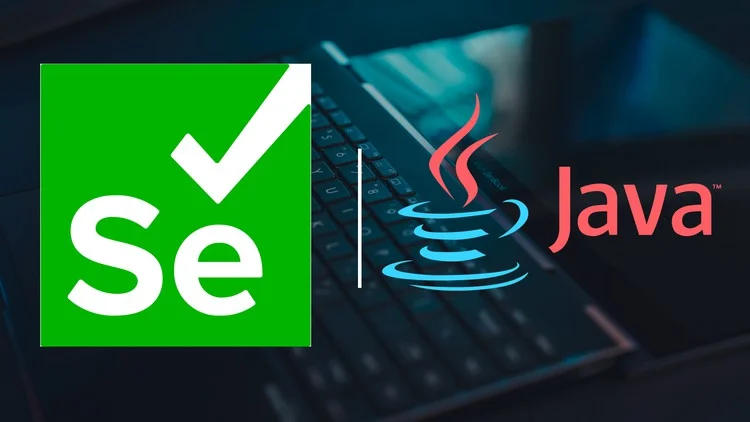
Java-Specific Questions for Selenium
- Explain the use of collections (List, Set, Map) in Selenium.
- How can you use lists and maps to handle multiple elements and data in Selenium?
- How would you use Java’s try-catch blocks to handle exceptions in Selenium?
- What is the role of exception handling when automating tests with Selenium?
- What is the difference between ArrayList and LinkedList in Java?
- How would you use them in Selenium when handling lists of data?
- What is the use of Java’s ExecutorService in parallel test execution?
- How can you run tests concurrently using Java’s ExecutorService?
- What is a Singleton design pattern, and how can it be used in Selenium?
- How would you implement a Singleton pattern to manage WebDriver instances in a test suite?
- What is the purpose of the java.util.concurrent package?
- How would you use classes like CountDownLatch, Semaphore, or CyclicBarrier for synchronization in Selenium tests?
- How do you handle file operations (like reading and writing to a file) in Java with Selenium?
- How can you read/write test data from/to files (Excel, CSV, etc.) in your Selenium tests?
Performance and Optimization
- How can you improve the performance of Selenium tests?
- Discuss strategies for optimizing Selenium WebDriver tests for better execution time (parallel execution, avoiding unnecessary waits, etc.).
- How would you handle slow page loads in your automation script?
- What strategies would you use to prevent timeouts or failures due to slow loading pages?
These questions will test both fundamental knowledge and practical application of Java and Selenium. It’s a good idea for candidates to be familiar with the tools, libraries, and frameworks commonly used alongside Selenium, such as TestNG, Maven, and Jenkins.

